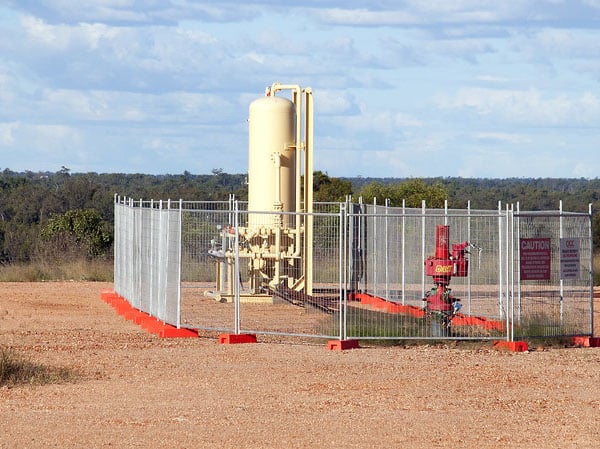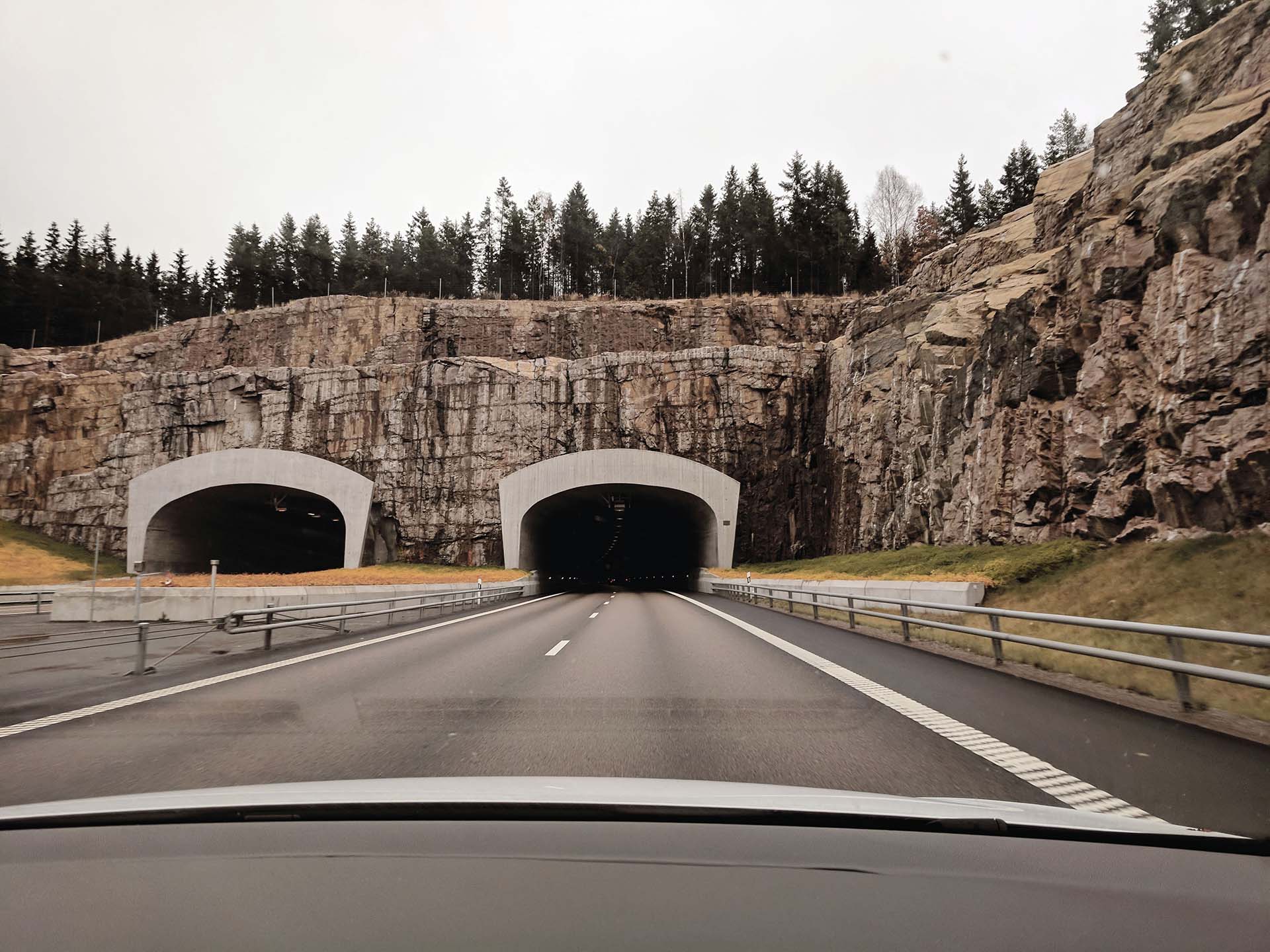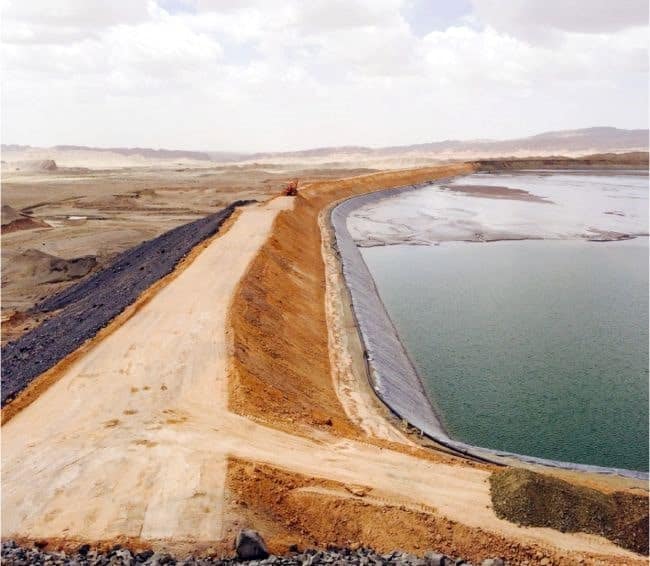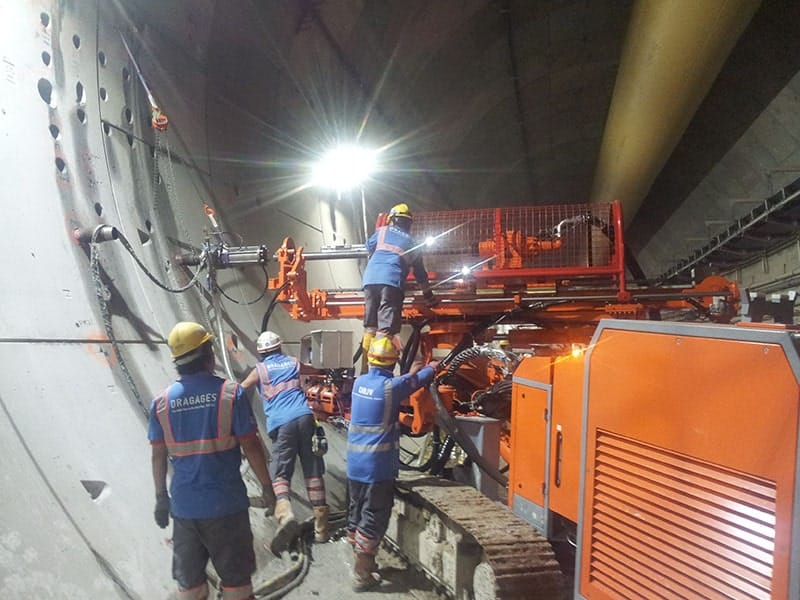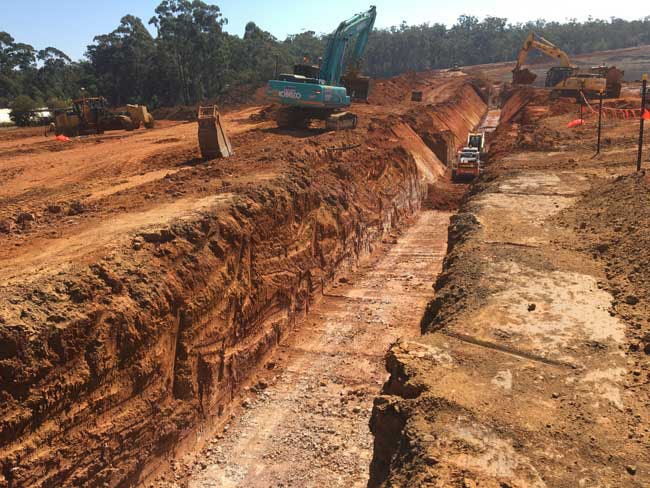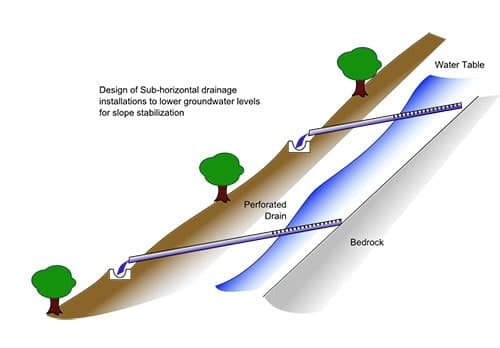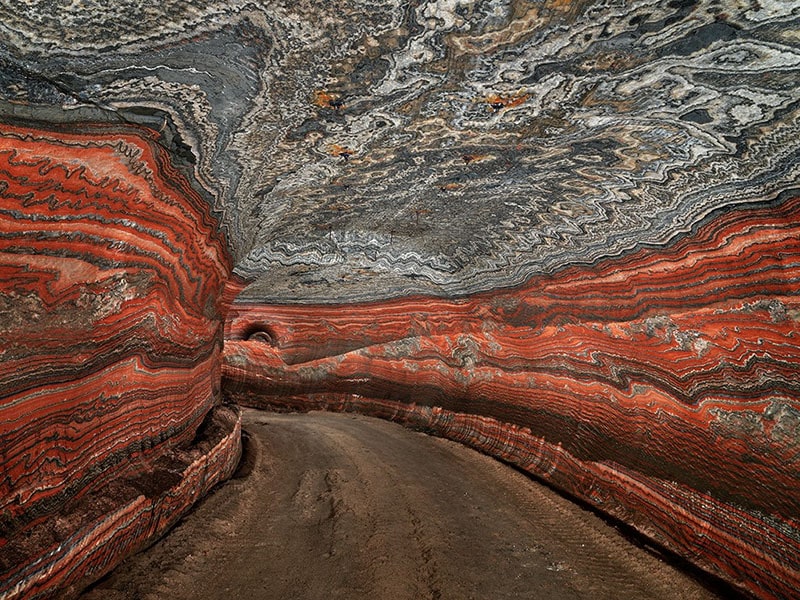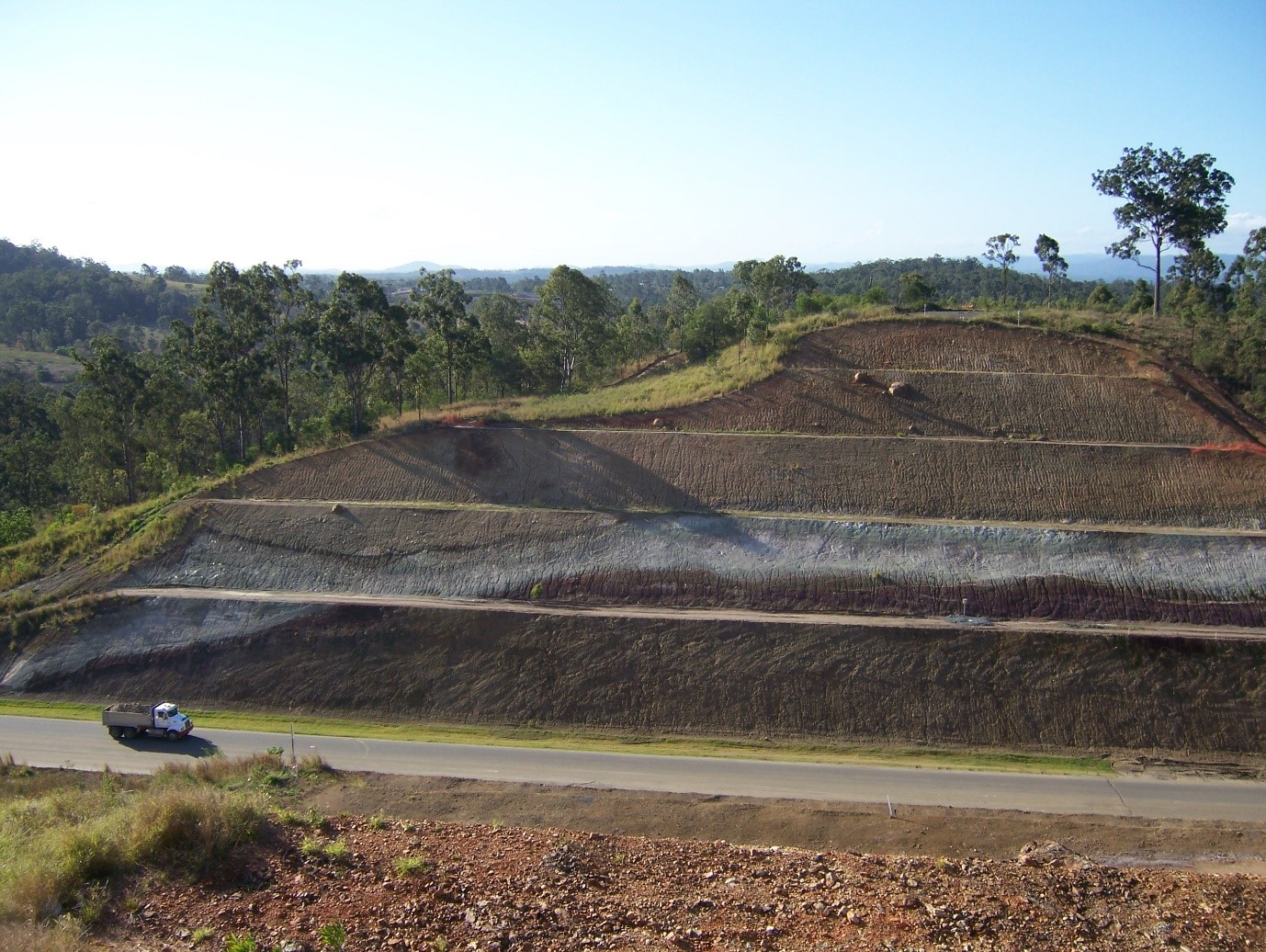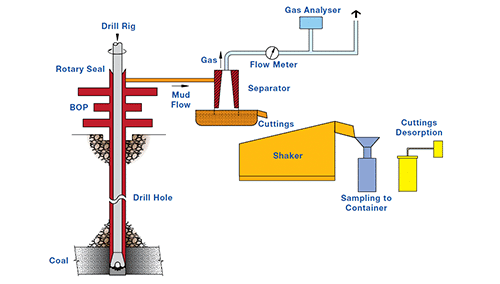The classic cases of this are the gravels and sands in river valleys and sand islands such as those off the Queensland coast. The benefits of these aquifers are their recharge and their permeability. Their rapid recharge also makes them vulnerable to pollution.
The storage behaviour of unconfined aquifers is quite different from that of a confined aquifer which can only yield water through decompression of the fluid and compression of the aquifer structure. In an unconfined aquifer, its upper surface changes with drawdown or recharge so that there is an ongoing exchange between the aquifer and the unsaturated zone. This exchange leads to much greater storage availability than can come from a confined aquifer.
Unconfined aquifers must be tested carefully for their characteristics because they may behave in a similar manner to confined aquifers with short term tests. The complication here is that unconfined aquifers are frequently layered with a greater horizontal permeability compared to that in the vertical direction. It takes a significant production time from a test well to determine the production characteristics of wells in unconfined aquifers. This is required to separate the short term confined from the long term unconfined, or delayed yield, behaviour. Where such well tests are being conducted, it is highly desirable to use some surrounding piezometers.




